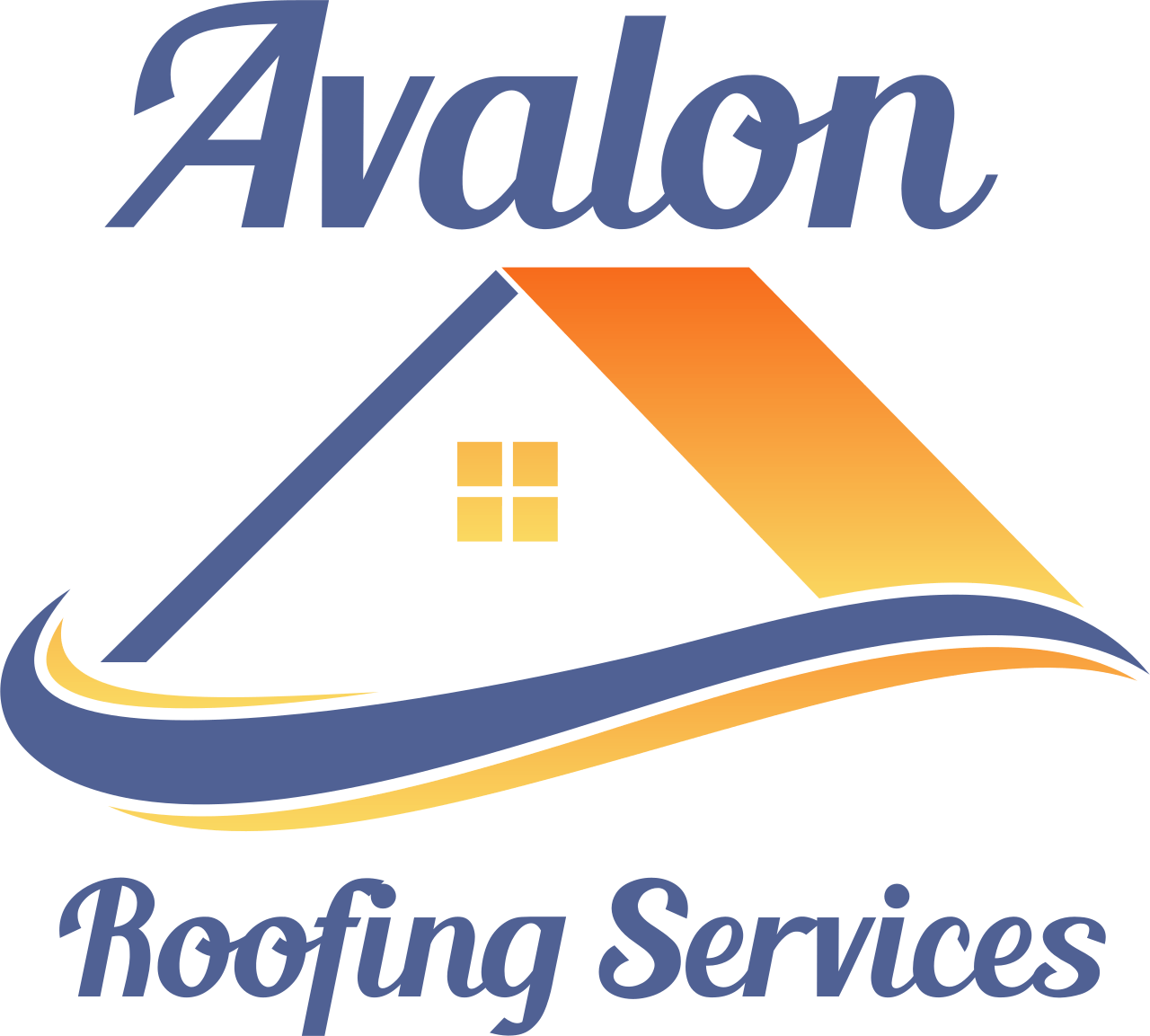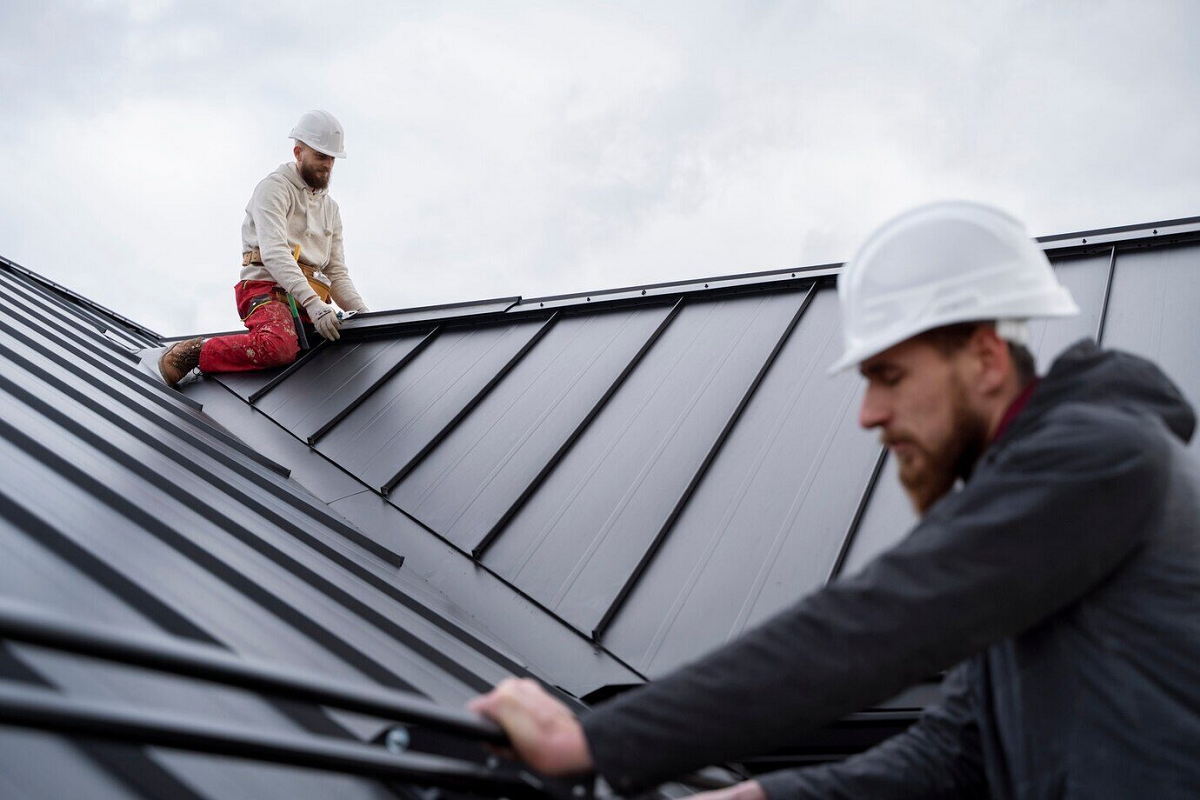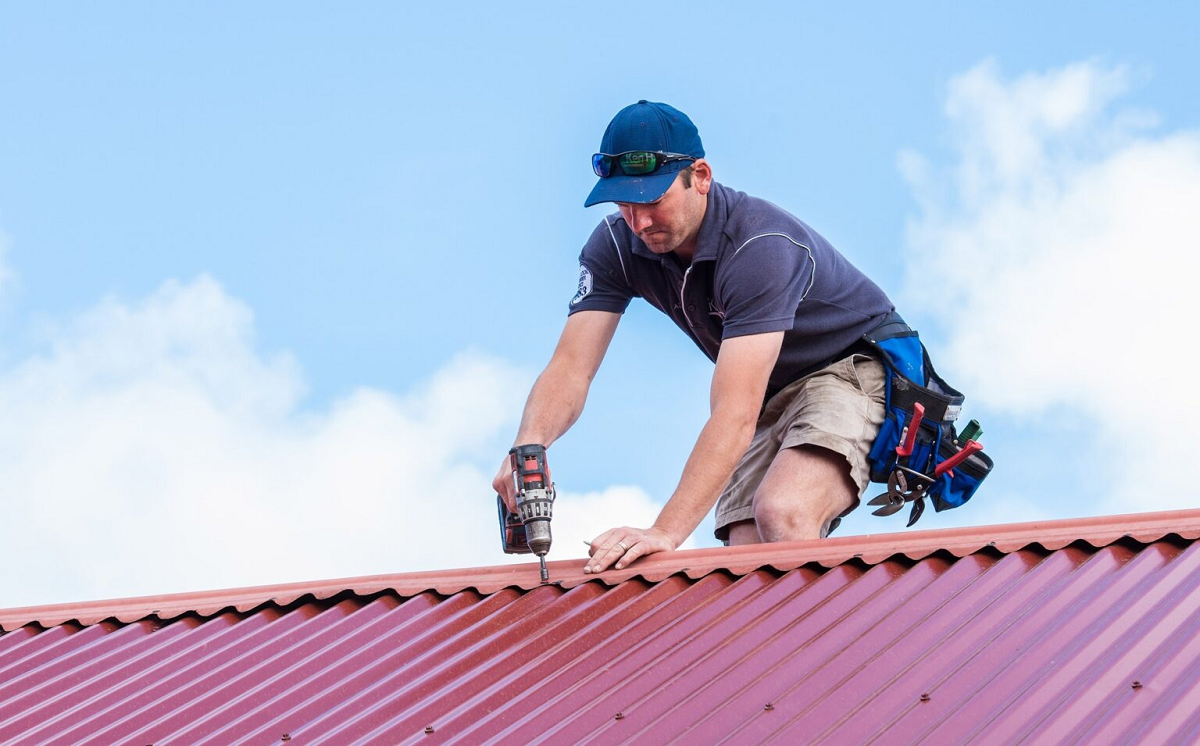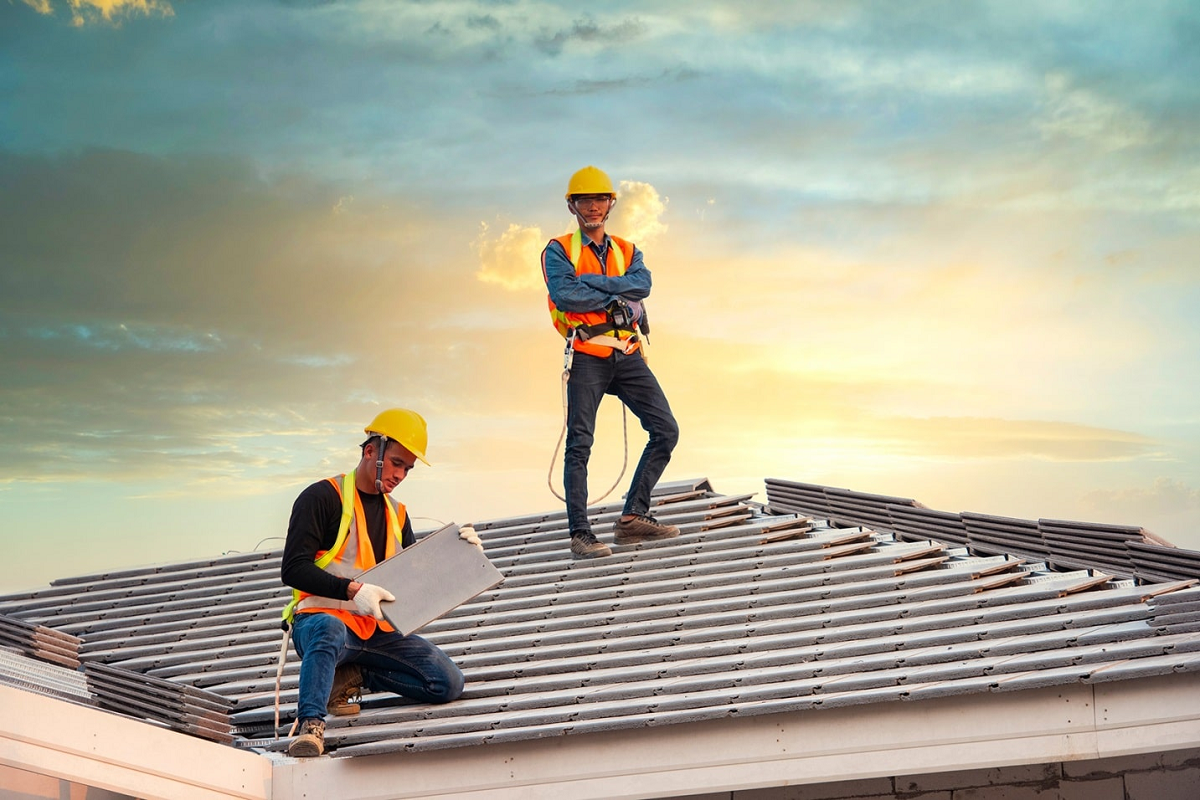Understanding The Insulation Properties Of Different Roofing Materials
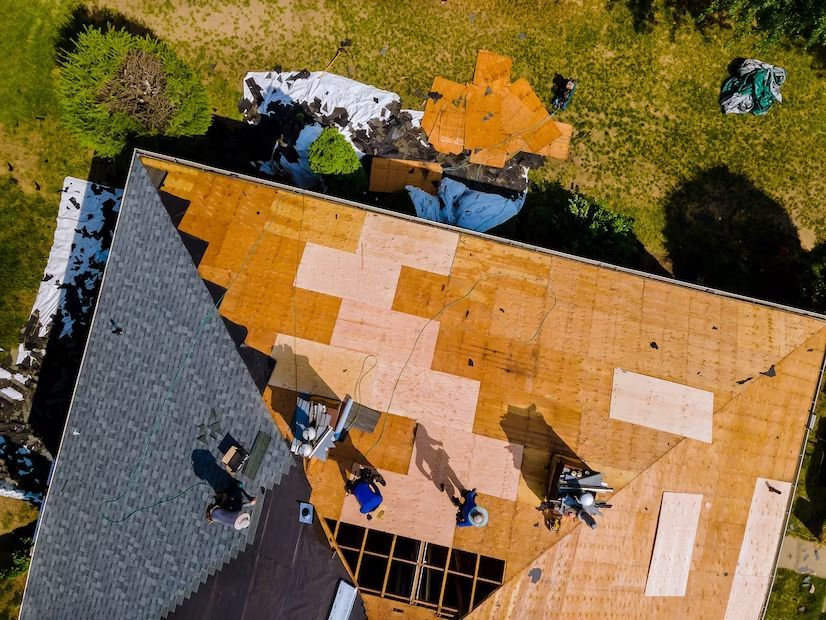
Understanding the insulation properties of roofing materials is crucial for homeowners seeking energy efficiency and comfort. Your roof serves as the first line of defense against external elements, including heat, cold, and moisture. Different roofing materials offer varying levels of insulation, impacting your home's overall energy consumption and interior climate control.
From traditional asphalt shingles to metal, clay, or even green roofs, each material possesses unique thermal characteristics. By delving into these properties, homeowners can make informed decisions about their roofing options, optimizing energy efficiency, reducing utility costs, and enhancing indoor comfort levels. Let's explore the intricacies of insulation across various roofing materials to empower smarter home improvement choices.
Thermal Conductivity: Explaining The Basics
Thermal conductivity is the fundamental property of materials that determines how well they can transfer heat. Essentially, it defines the ability of a substance to conduct heat through it. Materials with high thermal conductivity transfer heat more efficiently, while those with low conductivity resist the flow of heat. Understanding this concept is crucial when evaluating roofing materials for insulation purposes.
For instance, materials like metals typically have higher thermal conductivity, meaning they can transfer heat more readily than materials like clay or slate. By grasping the basics of thermal conductivity, homeowners can make informed decisions about which roofing materials best suit their insulation needs, considering factors like climate, energy efficiency goals, and budget constraints.
Asphalt Shingles: Traditional Insulation Performance
Asphalt shingles have long been a popular choice for roofing due to their affordability, durability, and ease of installation. In terms of insulation performance, asphalt shingles provide a moderate level of thermal resistance. While they may not offer the highest insulation values compared to other materials, they still contribute to maintaining comfortable indoor temperatures by providing a barrier against heat transfer.
Additionally, asphalt shingles are often installed over an underlayment that adds an extra layer of insulation. However, it's essential to note that asphalt shingles may degrade over time due to exposure to UV radiation and fluctuating temperatures, potentially impacting their insulation properties.
Metal Roofs: Balancing Strength With Thermal Efficiency
Metal roofs offer a unique balance between strength and thermal efficiency, making them a popular choice for homeowners seeking durability and energy savings. With their renowned durability and sleek appearance, metal roofs stand out as a long-lasting roofing solution. However, their insulation properties can vary depending on factors such as the type of metal used and the presence of insulation layers. To ensure optimal thermal efficiency, consider the following:
- Choose the Right Metal: Different metals have varying thermal conductivity levels. Opt for metals like steel or aluminum, which offer better insulation properties compared to materials like copper or zinc.
- Insulation Layers: Enhance thermal performance by installing insulation layers beneath the metal panels. This additional barrier helps prevent heat loss during colder months and heat gain in warmer climates.
- Reflective Coatings: Apply reflective coatings to metal roofs to reduce heat absorption and improve overall energy efficiency. These coatings reflect sunlight, keeping the roof surface cooler and minimizing heat transfer to the interior.
- Ventilation: Proper ventilation is essential for maintaining a comfortable indoor environment and preventing moisture buildup. Install ridge vents, soffit vents, or attic fans to facilitate airflow and regulate temperature.
- Professional Installation: Ensure that your metal roof is installed by experienced professionals who understand the importance of balancing strength with thermal efficiency. Proper installation techniques are critical for maximizing the performance and longevity of your metal roofing system.
Clay Tiles: Old World Charm and Thermal Benefits
Clay tiles evoke a sense of timeless elegance while offering excellent insulation properties. These traditional roofing materials have been used for centuries in various architectural styles worldwide. Clay tiles possess inherent thermal mass, allowing them to absorb heat during the day and release it slowly at night, thereby helping to regulate indoor temperatures.
This natural insulation ability makes clay tiles particularly well-suited for regions with hot climates, as they can effectively reduce the need for excessive air conditioning. Additionally, clay tiles are resistant to fire, rot, and insect damage, further enhancing their appeal as a sustainable and long-lasting roofing option. However, it's essential to ensure proper installation and maintenance to maximize the insulation benefits of clay tiles and prolong their lifespan.
Slate Roofing: Luxury and Natural Insulation
Slate roofing epitomizes luxury and sophistication while providing exceptional insulation properties. Quarried from natural stone, slate tiles offer superior durability, longevity, and thermal resistance. The dense composition of slate makes it highly resistant to heat transfer, effectively insulating the interior of the building from outdoor temperature fluctuations.
Additionally, slate roofing is non-combustible, making it an ideal choice for fire-prone areas. Its natural insulating properties contribute to energy efficiency by reducing the reliance on heating and cooling systems, thereby lowering utility costs and environmental impact. While slate roofing may require a higher initial investment compared to other materials, its long-term benefits in terms of insulation performance and aesthetic appeal make it a worthwhile investment for discerning homeowners seeking both style and sustainability.
Wood Shakes and Shingles: Aesthetic Appeal and Insulation Factors
Wood shakes and shingles offer a unique combination of visual charm and insulation benefits. These roofing materials enhance the aesthetic appeal of any home while providing effective thermal resistance. With their rustic elegance and natural warmth, wood shakes and shingles are a popular choice for homeowners seeking both style and practicality in their roofing solutions.
- Natural aesthetics: Wood shakes and shingles enhance the visual appeal of any home with their rustic charm and natural beauty.
- Thermal resistance: Wood's poor conductivity of heat provides relatively good insulation, helping to regulate indoor temperatures.
- Energy efficiency: By creating a barrier against heat transfer, wood roofing materials can reduce the need for excessive heating or cooling, resulting in lower energy consumption.
- Sustainability: Wood shakes and shingles are renewable and biodegradable, making them an environmentally friendly roofing option.
- Maintenance considerations: Regular maintenance, including proper sealing and periodic inspections, is essential to preserve the beauty and insulation properties of wood roofing materials and ensure their longevity.
Synthetic Roofing Materials: Modern Solutions for Insulation Needs
Synthetic roofing materials, such as polymer-based shingles or tiles, offer a blend of durability, affordability, and insulation performance. These materials are engineered to mimic the appearance of natural roofing materials while providing enhanced insulation properties. Synthetic roofing often incorporates insulation layers or reflective coatings to improve energy efficiency and thermal resistance.
Additionally, synthetic materials are lightweight and resistant to weathering, making them suitable for various climates and architectural styles. Homeowners interested in modern roofing solutions that prioritize insulation and sustainability may find synthetic materials to be an attractive option.
Green Roofs: Harnessing Nature For Ultimate Insulation
Green roofs integrate vegetation into the building envelope, providing a natural barrier against heat transfer. Consisting of a waterproof membrane, drainage system, and vegetation layer, they absorb solar radiation, reduce ambient temperatures, and promote natural cooling.
Besides enhancing thermal efficiency, green roofs offer environmental benefits like stormwater management, biodiversity support, and urban heat island mitigation. Despite requiring careful planning and investment for installation and maintenance, their long-term advantages in energy savings and ecological resilience make them a compelling choice for sustainable building design.
Reflective Roof Coatings: Mitigating Heat Gain And Loss
Reflective roof coatings offer a simple yet effective solution for mitigating heat gain and loss in residential and commercial buildings. By applying these coatings to existing roofing systems, property owners can significantly improve energy efficiency and indoor comfort levels. Here's how reflective roof coatings work:
- Reflective pigments or materials: These coatings contain reflective elements that deflect sunlight away from the roof's surface, reducing heat absorption.
- Lower surface temperatures: By reflecting solar radiation, reflective roof coatings help maintain lower surface temperatures on the roof, minimizing heat transfer into the building.
- Reduced cooling costs: By keeping the roof cooler, reflective coatings reduce the need for air conditioning during hot weather, leading to lower cooling costs.
- Extended lifespan of roofing materials: Reflective coatings can also help prolong the lifespan of roofing materials by reducing thermal stress and UV degradation.
- Environmental benefits: Reflective roof coatings contribute to environmental sustainability by decreasing energy consumption and lowering carbon emissions associated with cooling systems.
Incorporating reflective roof coatings into your building's maintenance plan can yield significant energy savings while enhancing the durability and sustainability of your roofing system.
Insulation Beyond Materials: Ventilation And Airflow Considerations
Proper ventilation is essential for maintaining a comfortable indoor environment and prolonging the lifespan of roofing materials. Adequate attic ventilation prevents heat buildup in summer and moisture accumulation in winter, reducing strain on HVAC systems.
Strategies like ridge vents, soffit vents, and attic fans promote airflow, preventing issues like ice dams and mold growth. Homeowners should collaborate with roofing professionals to design a tailored ventilation system, ensuring optimal insulation performance and year-round comfort. By considering both roofing materials and ventilation, homeowners can create energy-efficient, resilient roofing systems for long-term sustainability.
Understanding the insulation properties of roofing materials is crucial for homeowners. From thermal conductivity basics to the traditional insulation performance of asphalt shingles, each material offers unique benefits and considerations. Metal roofs balance strength with thermal efficiency, while clay tiles and slate roofing provide natural insulation benefits. Wood shakes offer aesthetic appeal with insulation, and synthetic materials provide modern solutions.
Green roofs harness nature for ultimate insulation, while reflective coatings mitigate heat gain. Additionally, ventilation and airflow considerations are vital for maintaining comfort. By integrating these factors, homeowners can create resilient, energy-efficient homes that promote sustainability.
Take the next step towards securing your investment and ensuring the safety of your home and family with Avalon Roofing Services. With over 30 years of experience serving Manteca, we are the trusted name in roofing solutions. Accredited by the Better Business Bureau as an A+ roofing contractor, we pride ourselves on our professionalism and commitment to excellence.
Contact us today at contact@avalonroofing209.com or call our office at (209) 380-1275. For emergencies or after-hours inquiries, reach us at (209) 483-7593. Let Avalon Roofing Services provide you with peace of mind knowing that your roof is in expert hands. Your satisfaction and the protection of your investment are our top priorities.
